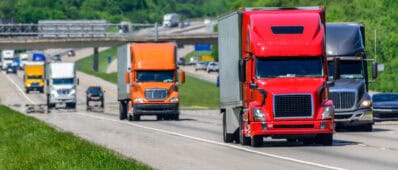Project Summary
In the last decade, retail online shopping or e-commerce has increased remarkably. Such a precipitous change in global consumer habits can have a dramatic effect on the way cities operate, particularly with respect to the demand for goods delivery or on-demand services. As e-commerce has matured, consumers have begun demanding faster delivery speeds. Globally, private companies in the parcel, grocery, and hot food delivery sectors have developed last-mile supply chain innovations (e.g., mobile inventory/warehousing, pickup lockers, neighbor-to- neighbor delivery, etc.) to meet this new and growing demand. Little is known about the impacts of such on-demand service models on city functions such as: traffic curb management, congestion, and traffic-related emissions. These innovations have diversified the delivery fleet beyond commercial vehicles, blurring the lines between private and commercial vehicles. Information regarding these fleets is particularly hard to come by due to lack of data collection standards or mandates at the local, regional, or state level. Additionally, there is little reliable understanding of consumer motivations regarding online purchasing and delivery speeds, yielding a situation in which planners neither understand the supply nor the demand. This research project is intended to help cities better understand the factors influencing the dramatic increase in on-demand deliveries on city streets and the demand-management strategies that cities might apply to mitigate congestion and emission impacts. Researchers will: (1) evaluate a variety of options for monitoring and managing curbside on-demand delivery in congested cities through literature review, data inventory, and expert interviews; (2) develop policy strategies for managing consumer demand (that will be modeled as part of this study) drawing from the literature review and expert interviews; (3) document insights into how consumers approach online shopping based upon demographics, urban context, and other variables through a multi-city revealed-/stated-preference consumer survey; and (4) test policy proposals for managing demand through a consumer choice model developed based upon the results of the survey and expert interviews.

